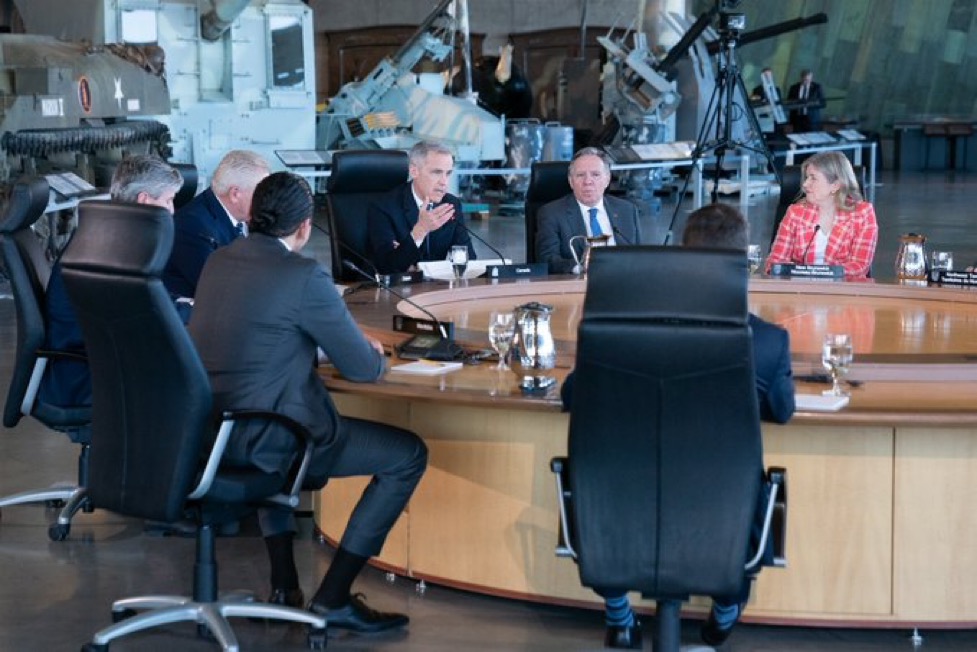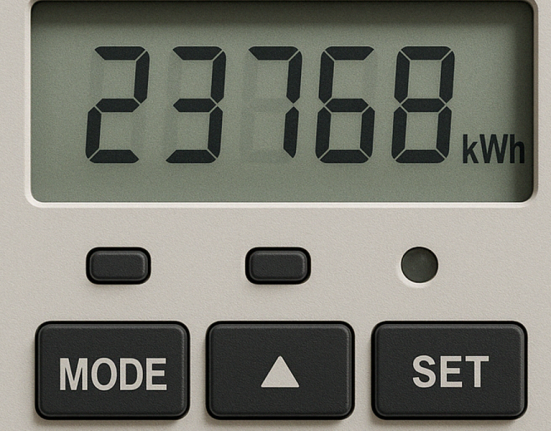Canadians will vote in a General Election on April 28 – and what once looked to be a forgone conclusion is now wide open.
At the start of this year, Keir Starmer was odds-on to be the last remaining centre-left leader in the West, with the comeback of President Trump in the US and new centre-right governments set to be elected in Germany, Australia and Canada.
But the resignation of Justin Trudeau of Canada, replaced as Liberal leader and PM by Mark Carney, means that prediction could now require a rethink.
A major shift in the polls
For almost three years Pierre Poilievre’s Canadian Conservatives have enjoyed a big poll lead over Trudeau’s Liberals. But after Carney’s appointment, several polls now put the Liberals slightly ahead.
So what’s driving this change?
The Trump factor
Donald Trump’s ‘on again-off again’ threats of 25% import tariffs on Canadian goods and his trash-talk about Canada becoming the ‘51st State’, have – at least temporarily – created a mood of national unity in the face of an external threat.
The Trudeau factor
With Trudeau’s resignation, one of the big drivers behind the Conservatives’ once-large lead is gone.
Voters once motivated by ousting Trudeau now have a different choice. Carney can now claim to represent ‘change and stability’ during a turbulent time.
This gear shift also gives the Liberals a chance to jettison dead-weight Trudeau policies with Carney pledging to axe the consumer ‘Carbon Tax’. A move aimed at neutralising one of the central planks of the Conservative campaign.
The politics
In a bid to claw back lost ground, Poilievre’s Conservatives have sought to tie Carney to Trudeau’s record, coining the term ‘Carbon Tax Carney’ – and pointing out that businesses will still have to pay, with costs passed on to the consumer. But this is a complex case to make, and one which may struggle to land with voters in an age of 12-second media sound bites.
Poilievre is seeking to show he’s a match for Trump and counter Carney’s heavyweight economic background.
Meanwhile Carney is looking to emulate a 1992-style John Major victory: An incumbent party seeking to appear as a new government with a new leader. An unpopular tax policy binned (for Carbon Tax read Poll Tax). And a difficult economic backdrop neutralised by touting economic credibility in the form of a former Central Bank Governor at the helm.
Can Carney prevail?
Across the globe, governing parties that have presided over high inflation and stagnant economies have been booted out. So it would be quite a feat for the Canadian Liberals to buck this trend.
But there’s no doubt that a combination of Trudeau’s resignation, Trump’s tariffs and Mark Carney’s personal credibility have changed the game dramatically.
Where once Pierre Poilievre looked to be a shoo-in as the next Canadian Leader, the race is suddenly wide open – with Carney in poll position.







